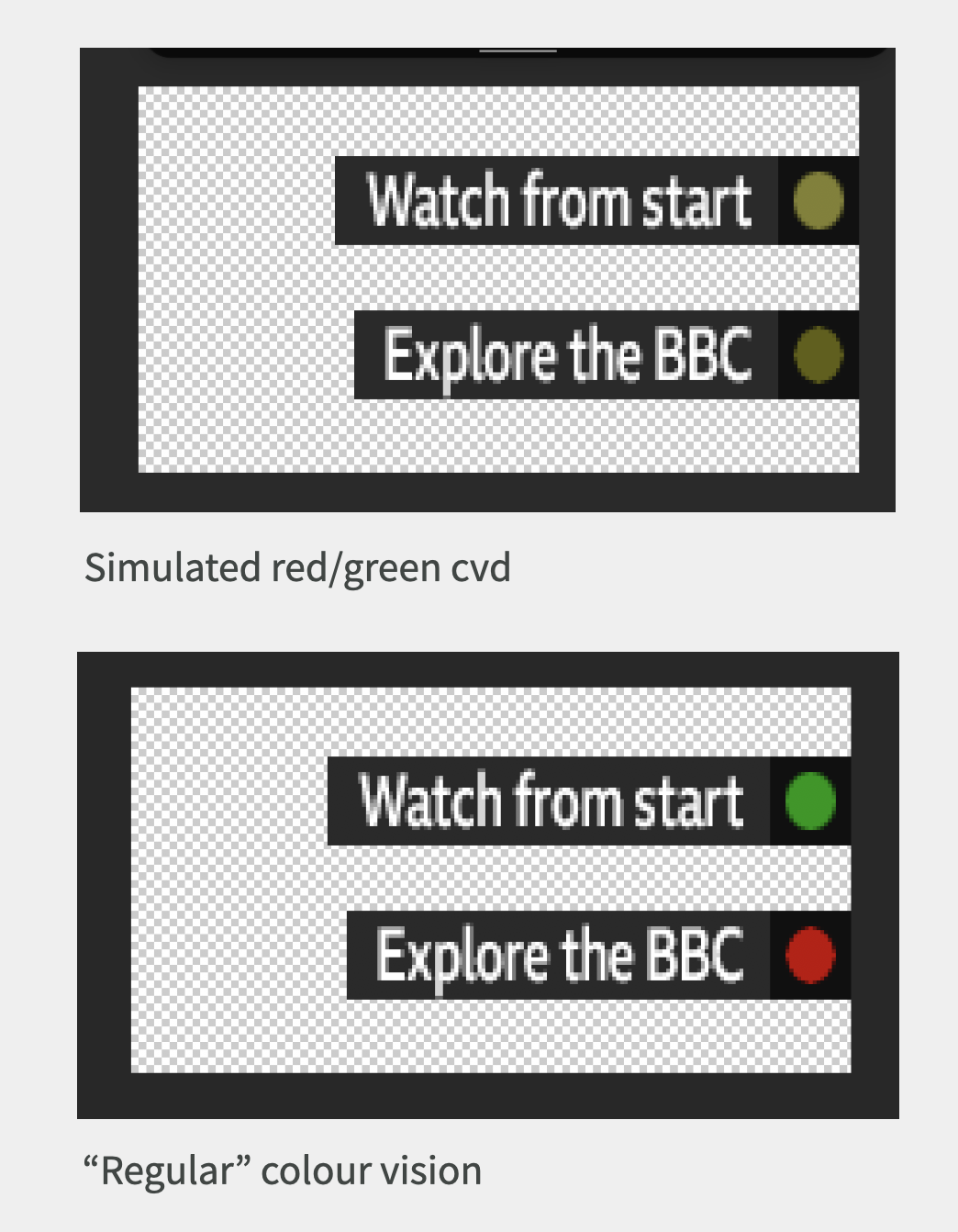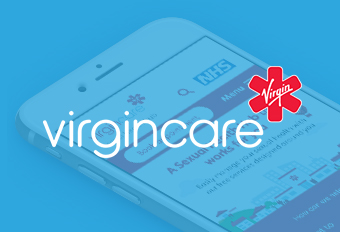BBC Green Button: Inclusive TV Triggers
The BBC wanted to launch a new feature for connected TV's. Audience insight had told us that broadcast audiences often flicked to a BBC channel midway through a programme and wanted to watch the programme from the beginning. This functionality existed in the BBC iPlayer connected TV app, but broadcast audiences just didn't know it was there and it wasn't convenient to open iPlayer whilst watching a TV channel. The challenge was to ceate an accessible and intuitive way for audiences to restart their programme whilst watching Broadcast TV.
MY ROLE
UX, Visual Design, User Research.
CLIENT
BBC






Concept
An initial concept was designed, prototyped and usability tested. The concept was a simple one, when users turn on a BBC channel midway through a programme, a call to action trigger will appear in the top right corner of the screen. This will inform them they can press green on their remote control to restart the current programme. Pressing green will then launch BBC iPlayer and automatically restart the current programme from the start.


The problem
Traditionally bridges from Broadcast TV to Connected TV services at the BBC have been done with TV Triggers. These are small low quality graphics that sit in the corner of your TV screen that prompt you to press a coloured button on your remote. In the past BBC had only ever used the red button, and the challenge of this piece of work was that a new button colour was being used - green. The existing trigger design was a result of legacy technical constraints and strict guidelines around how much of the screen could be obscured and had been set in stone for many years. This posed an unexpected design challenge as people with red/green colour vision deficiency would be unable to distinguish which button to press from looking at the trigger design. This could lead to real frustration for audience members with colour vision deficiency.
Colour vision deficiency affects 1 in 12 men and 1 in 200 women. Red/green colour vision deficiency affects 5% of men.
Millions of people watch BBC channels everyday, meaning the risk of excluding audiences could be huge.


Experiment Design
Working alongside a user researcher, I designed an experiment to test the usability of the trigger designs and understand which design would be the most accessible for users with colour vision deficiency. The experiment used 3 different trigger designs, 12 different clips (and relevant call to actions) with the 4 remote control colours. A high degree of randomisation was used so that clips and colours were in different orders to ensure accuracy. Participants also bought in their own TV remote from home so that we could understand how participants navigate their remote usually.
The sessions validated my assumption that the colour would need to be printed as a word as well as shown as a symbol. It also revealed that users found the BBC iPlayer logo helpful as it gave them reassurance of what would happen when they pressed the green button. The piece of research gave me the evidence I needed to persuade key stakeholders that changing the legacy design of the trigger was worth pursuing.


Outcome
Accessible trigger designs were implemented not just for green button but for red button triggers as well. I created a new set of guidelines around best practice for accessible triggers. The new trigger design was high definition, moving on from the low quality legacy graphics connected TV services had used in the past to a more visually distinctive trigger. This also unlocked the door for more innovation within trigger designs on projects later on.
The project was a massive success for the BBC, with a 33% uplift in traffic to restarted programmes on the BBC iPlayer TV app. A new habitual behaviour was created on broadcast TV, with audiences returning to use the feature again and again.


